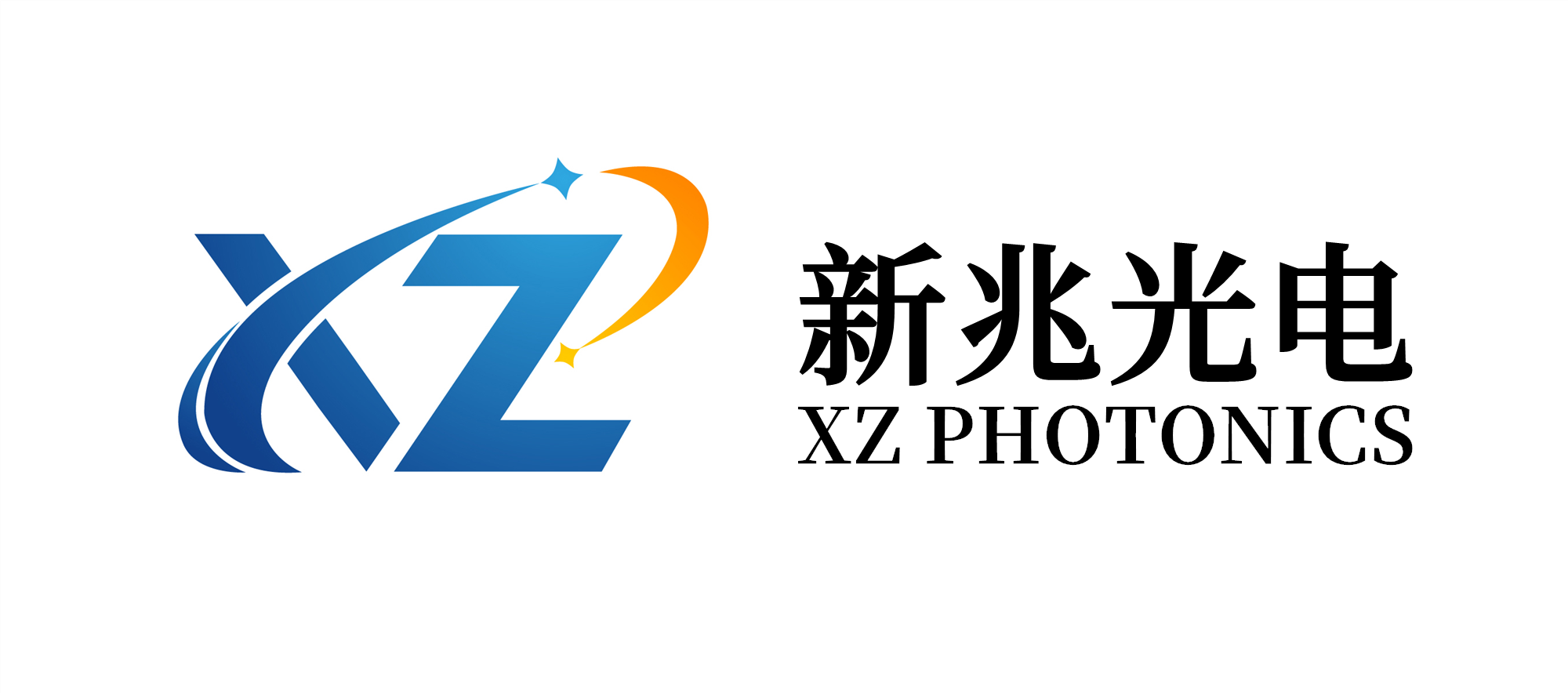Micro prism type reflective film and its application
Reflective film is a new type of functional composite material developed in the past 50 years. The micro-prism reflective film was developed in the late 1980s. Because of its high brightness, good durability, and low material cost, it also overcomes the small effective incident angle, small observation angle, and asymmetric reflected beam of the previous prism reflective materials. The shortcomings of, so it is more and more widely used in highway traffic that requires high brightness.
1 reflection principle and structure composition
1.1 principle
The light reflection principle of micro prism type reflective film is based on the light incident from a certain angle in a three-dimensional space, three reflections occur on three mutually perpendicular planes, and then reflect back along the original incident direction, as shown in Figure 1.

According to different manufacturing processes, there are two types of reflections on the prism surface: one is the (total) reflection at the air-resin interface, and the other is the reflection at the aluminum-resin interface.
1.2 Classified by structure
According to the different types of reflection, the structure of the microprism reflective film can be divided into two types (see Figure 2, Figure 3): coated reflective film (referred to as Type V Sheeting in ASTM4956) and uncoated reflective film (in ASTM4956) Called Type IV Sheeting). Due to the dark color of the coated reflective film, the market prospect is dim.
The differences in the structure of the two reflective films are as follows:
(1) There is air behind the uncoated reflective film pyramid, so the reflection is mainly total internal reflection, which requires a stable air layer behind the pyramid, so there is a sealing layer (Sealingfilm) in the uncoated reflective film (see Figure 2) to prevent impurities such as moisture and dust from entering the air layer, causing the retroreflective coefficient to decrease.

(2) A layer of metal, usually aluminum, is plated after the pyramid with a plated reflective film. The reflection is mainly performed at the resin-aluminum interface. The coated reflective film has no sealing layer.
(3) Since the non-plated reflective film needs to be closed, there is a supporting wall, viewed from the front, it is a diamond or hexagonal grid. There is no coating type reflective film.
2 Micro prism type reflective film performance
2.1 Optical performance
Regardless of the reflective strength, wide-angle, etc., the micro-prism type reflective film is much better than the lens type reflective film. Figure 4 is a comparison of the initial value of the reflective intensity of 3M's 3 types of products (0.2° observation angle).

The reflected light cone of the previous microprism reflective film is asymmetrical and the effective incident angle is small. However, through the design of the reflective unit and its array, these problems have been basically solved.
2.2 weather resistance
Although the retroreflective coefficient of the microprism reflective film is reduced by 50% after the service life is reached, its retroreflective coefficient can still be maintained at 400cd·lx-1·m-2, which is much higher than the other two types of reflective films, as shown in Figure 5. (0.2° observation angle, -4° incident angle).

3 The key and latest development of manufacturing technology of micro-prism reflective film
3.1 Key Technology
The basic principle of light reflection of the micro-prism type reflective film is simple, but the manufacturing technology involves multi-disciplinary and high-tech fields such as materials science, optics, and precision machinery manufacturing. In summary, there are four key technologies for manufacturing micro-prism reflective film.
3.1.1” unit structure and its array design
Traditional prism type retroreflective materials mainly have the following shortcomings:
(1) The effective incident angle is small. When the incident angle is greater than 20°, the total internal reflection phenomenon disappears, and the reflective brightness is almost lost.
(2) The observation angle is small, that is, people can see retroreflected light in the distance, but not close.
(3) Due to the three-sided nature of the reflective unit, the retroreflected light cone has an undesirable asymmetric shape, resulting in different retroreflective brightness when viewed from different scanning angles.
The method to solve these problems mainly relies on the design of the retroreflective unit structure and the array, such as changing the angle of the three planes to make it have a certain distribution, or arrange the unit array according to a certain rule. However, due to the complexity of the structure and array design, it causes great difficulties in the production, replication, and demolding after molding of the mother board, so the implementation is not easy.
3.1.2 Motherboard production and replication
Since the height of the micro-prism-type reflective unit is 0.003~0.015in (that is, 0.078 2~0.381mm), and the shape is irregular, the arrangement on the plane is also regular, and the finish of the molding surface is very high, so the motherboard needs Precision machining. The plate itself is not directly involved in the forming, the processing is expensive, the area is limited, and the number of cycles of mold use is not high. The replica mold can be produced by replicating the mother board and spliced into any size to facilitate industrial production.
3.1.3 determination of the base material
As a micro-prism-type reflective film, its main material is engineering plastics. According to the different requirements of its performance, different plastic bases are selected. The main considerations and problems to be solved are: the weather resistance of the material, the preheating performance of the plastic base and its rheological properties, etc. 3M uses polycarbonate.
3.1.4 embossing technology
Since the micro-prism reflective film has extremely high requirements for optical performance, its embossing accuracy requirements are also quite high. During the embossing process, defects such as poor flow, air bubbles, and scratches are not allowed. The pressure and other requirements are also very demanding.
3.2 latest progress
The main suppliers that can produce micro-prism-type reflective films are: 3M, Stimsonite, Reflexite, and Calcium Carbide Co., Ltd. in the United States. Its products are all non-coated micro-prism reflective films, with a retroreflective coefficient of up to 900cd·lx-1·m-2, and the shape and array of the reflective structure unit are unique, which basically solves the uneven distribution of reflected light, The disadvantage of poor wide-angle. Now the reports on the microprism type reflective film mainly focus on the design of the reflective unit and its array.
4 application prospects
Due to the extremely high reflective strength and good wide-angle performance of the micro-prism reflective film, with the continuous increase of motor vehicle speed, the continuous growth of high-grade highways, and the continuous complexity of road conditions, the application market of micro-prism reflective film will become more and more broad. On highways in California, the borders and patterns of the signs have been replaced with diamond-grade products. However, other problems caused by high intensity, such as glare, and the contrast between the pattern and the background in practical applications, determine that the micro-prism-type reflective film can not completely replace the glass bead-type reflective film.




